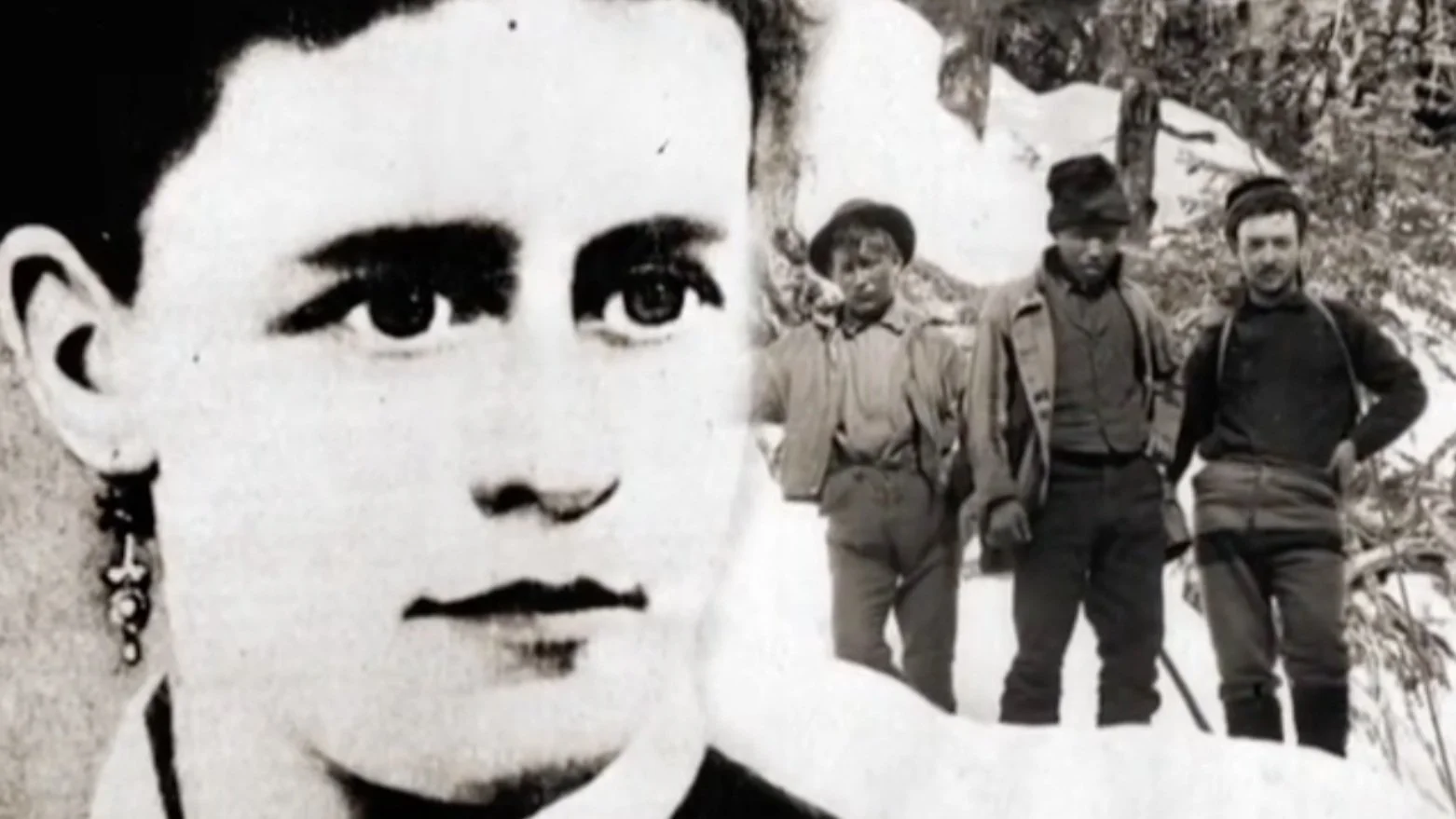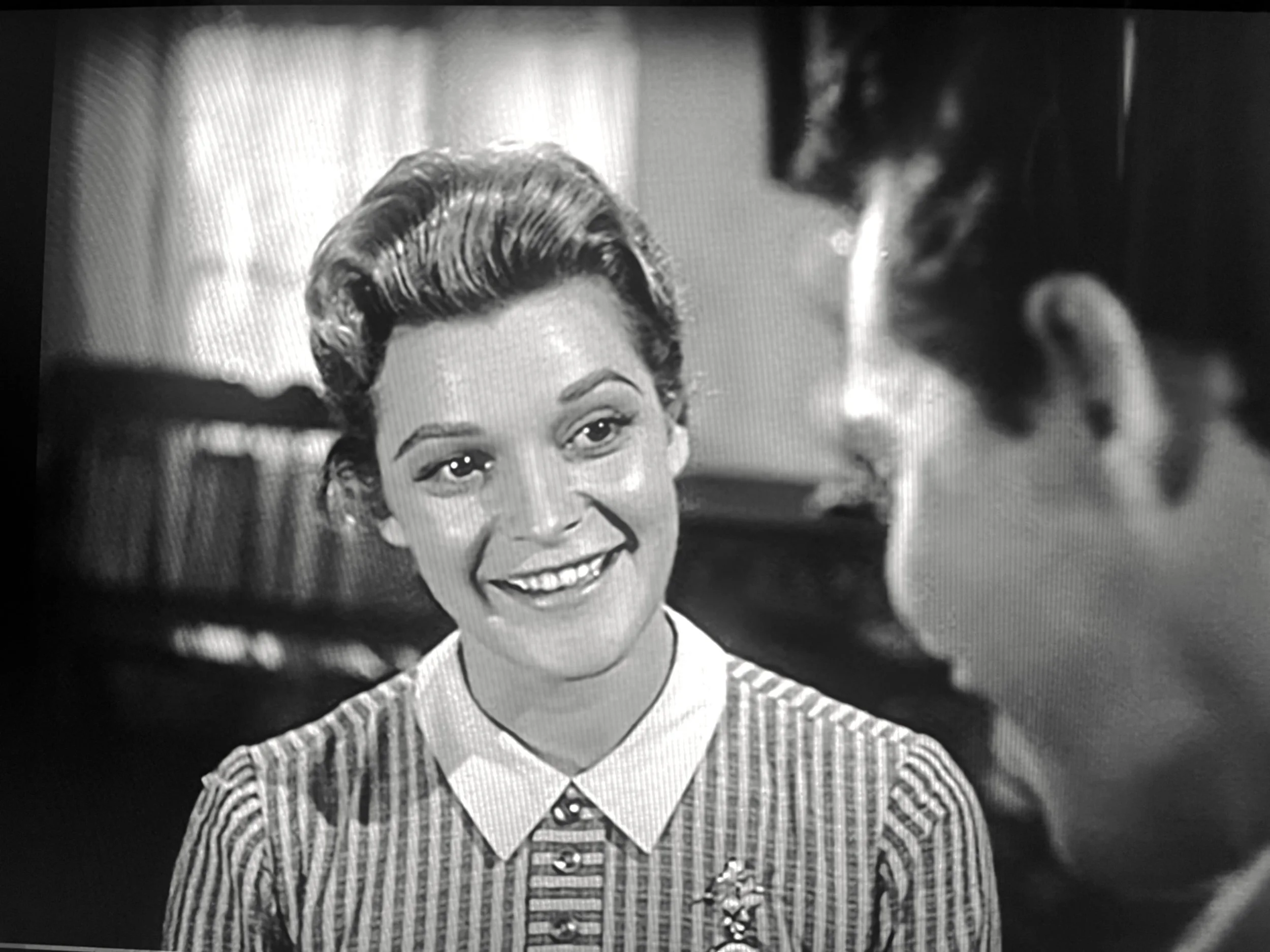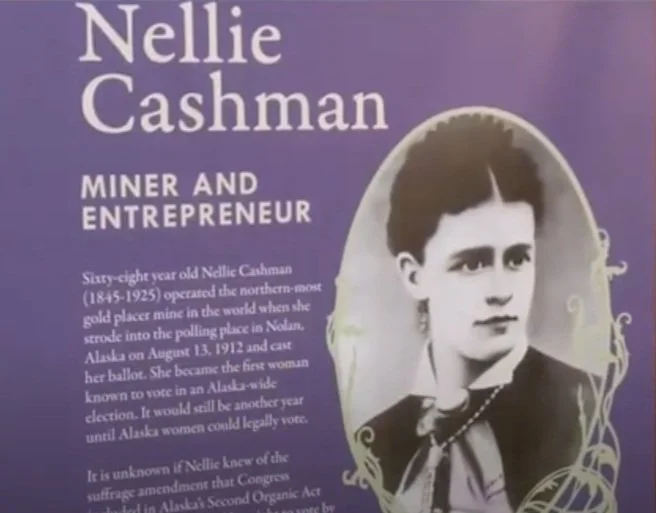
NELLIE CASHMAN
Angel of the Cassiar
January 4, 1925 - January 4, 2025
100 Year Anniversary
of Nellie Cashman’s Death
Who Was Nellie Cashman?
Nellie Cashman is among the most beloved figures in the American West. Against the greed and vice of the gold rush, Nellie Cashman served as a beacon of light by helping others in their hour of need. She was tough, compassionate, and courageous.
150 years ago in January 1875, Nellie Cashman embarked upon a mission of mercy to rescue miners on the Stikine River that would make her a beloved figured for the rest of her life.
This is her story.
From The Depths

Nellie Cashman was born in County Cork, Ireland around 1847 during the worst years of the Irish Potato Famine. Many Irish Catholic families like Nellie’s suffered greatly, and over a million people died. Nellie witnessed the gruesome effects of scurvy and starvation firsthand. Hoping for a better life, Nellie’s family family boarded a ship and crossed the Atlantic to go west.
The Irish famine

Nellie Cashman and her family were among a large wave of Irish immigrants to arrive in Boston Harbor, Massachusetts. The newcomers crowded into dense living conditions and struggled to find work. Nellie found work in a Boston hotel as a bellhop and elevator operator.
Moving to Boston

The Alaska Mining Hall of Fame wrote:
“Nellie, at about twenty years old, obtained a job as an elevator operator, an occupation reserved for men. As an elevator operator she met many interesting people and heard a lot of gossip. In a story that is almost certainly apocryphal, Nellie met General U.S. Grant on the elevator; he urged the young lift operator to go west where there was more opportunity.”
U.S. Grant’s Advice

Perhaps taking Grant’s advice, the Cashman family moved out west, taking the ship route and crossing the isthmus of Panama. They arrived in San Francisco in the late 1860s, when the city was a bustling hub of activity on the west. But city life did not suit Nellie Cashman. She was a young woman, old enough to strike out on her own, and the call of the gold rush beckoned her.
Heading Out West

In 1872, Nellie Cashman got her first taste of mining towns when she moved to Pioche, Nevada. She opened a boarding house to provide lodging and food for weary gold-miners. Her business was successful, even earning her the nickname Nellie Pioche.
She found some success in Pioche, but news of a gold discovery in the Cassiar area of Canada caught her attention.
Pioche, Nevada

In 1874, Nellie Cashman joined the throngs of gold seekers headed up the Stikine River looking for gold. Nellie Cashman set up a boarding house for gold miners where she also served food. She was well known for helping those who could not afford to pay, as well as “grubstaking” men who needed money to explore their claims. At the end of the season, Nellie and many of her fellow miners traveled south to spend the winter in Victoria, British Columbia.
As Nellie told the February 28, 1898 Spokesman Review:
“We went up the Stickine river to Telegraph creek early in the summer, and when the party settled down in what was then a very rich region, I alternately mined and kept a boarding house for the miners.”
Cassiar Gold Rush

At the end of the long summer of 1874, Nellie Cashman and her fellow gold-miners rode the Stikine River down to Fort Wrangel. The river was about to freeze over for the long winter, making mining nearly impossible and conditions very harsh.
Once in Fort Wrangel, Nellie boarded a steamship south, and she found her way to Victoria, B.C. But while in Victoria, Nellie would learn news that some of the miners had not made it out and were facing a dangerous starvation.
Victoria, B.C.
November 25, 1874 Daily Colonist
An Angel Rises

Nellie Cashman made a plan to rescue the miners. She enlisted the aid of five men to tell her carry supplies up the Stikine River in the dead of winter. The group departed Fort Wrangel on January 28, 1875 for the frozen Stikine River. As Nellie told the February 28, 1898 Spokesman Review:
“In the fall of the year I came out to civilization, that is to Victoria, but learning that a large number of our party were sick with the scurvy, I hastened back, after securing six men to accompany me… At Wrangel the United States customs officers tried to dissuade me from taking what they termed my mad trip…”
Rescue Mission

At the same time as Nellie embarked on her trip up the frozen Stikine River, naturalist John Fannin (see photo) was attempting the same trek, and giving up. The Daily Colonist of February 3, 1875:
“It appears that shortly after leaving the mouth of the river a storm, which Mr. Fannin describes as the fiercest he ever felt, burst upon them; and for 15 days continued with scarcely an hour’s intermission. Snow, rain and hail, accompanied a wind so penetrating that there were moments it was utterly impossible to face it. During all this time they travelled on with heads bent forward, and the one following in the tracks of the other, their snow-shoes sinking a foot at very step.”
Fannin Turns Back

As Nellie told the February 28, 1898 Spokesman Review:
“We pushed on, however, and in the coldest kind of weather, with hardly any trail to follow... They are talking a great deal about sleeping bags, etc., for that northern country, but all I used on that terrible trip was a pair of blankets. Some days we traveled only five miles, for we took in with us about 1500 pounds of supplies.”
This chart is based off a Canadian government report and shows the temperature of the Cassiar from November 1874 through January 1875 in degrees Fahrenheit. At no point did the temperature rise above freezing (32°F). For many days in January, the cold outside froze the mercury in the thermometer.
Extreme Cold
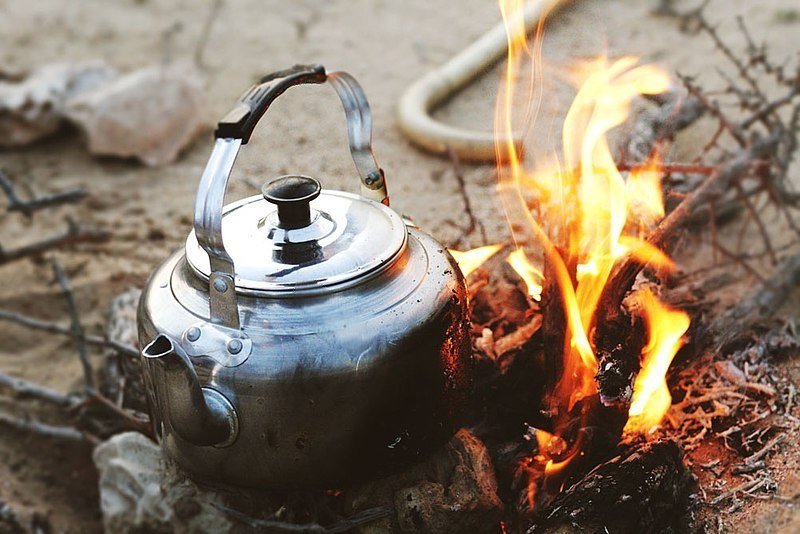
Fearing that Nellie Cashman would be killed by the elements, the commander of the U.S. Army in Fort Wrangel ordered a detachment of men to ascend the Stikine River to chasing down and retrieve Nellie Cashman, dead or alive. When the Army caught up with Nellie, she politely declined to be rescued. As Nellie told the January 29, 1921 Victoria Daily Times:
“I heard they were coming, and I climbed a tree to look for them—and I was still up there when they came to ‘get my body.’ It was a good joke—but I gave ‘em a fine feed.”
Army Rescue

Near the end of their hike, Nellie and her companions got lost on the trail, adding days to their journey. On April 16, 1875, the New North-West newspaper wrote:
“On the date following [Sylvester] met the famous Miss Cashman and five men. The woman as on snow-shoes and was as jolly as a sand boy. At the boundary post she lost her way and was twenty-eight hours exposed to the pitiless pelting storm, without shelter or blankets.”
Getting Lost

Sleeping in dark banks of snow proved to be its own hazard. Nellie described one night where the snow gave out underneath her tent, all while she slept:
“[My companions erected my tent on] a steep hill where the snow was 10 feet deep. The next morning one of my men made a cup of hot coffee and came to where my tent was to bring me the coffee. It had snowed heavily in the night, and, to his surprise, he couldn’t find the tent. Finally they discovered me a quarter of a mile down the hill, where my tent, my bed and myself and all the rest of my belongings had been carried by a snowslide. No, they didn’t dig me out; by the time they got there I had dug myself out.”
(Daily Colonist, November 3, 1968)
Snowslide

Finally, after days and days of marching through the snow, Nellie and her party arrived at the Dease Lake camp with their supplies. Immediately, she provided the weary miners with the vitamin-C rich foods of potatoes and limes. As she said later,
“We pushed on, however, and in the coldest kind of weather, with hardly any trail to follow, and after sleeping 77 days in the snow reached the camp in time to be on service to the men, some of whom were half dead for want of proper supplies.”
(Feb 28, 1898, Spokesman Review)
Success!
BC WAS AWESOME with Bob Kronbauer
(5 minutes)
The Edge of the World by Erik Paulsson
(2 minutes)
Across The Land

Nellie Cashman had a knack for knowing when a gold rush was played out. After a few years in the Cassiar, Nellie moved south to a new, hotspot of activity: Tombstone, home of the OK Corral. Nellie was familiar with many legendary figures, including Doc Holliday, Wyatt Earp, and more. According to IMDB, Nellie Cashman has been portrayed in dozens of films and television series.
Tombstone

Advanced in years, Nellie Cashman still participated in the Klondike Gold Rush. The September 30, 1898 Western Liberal wrote:
“Miss Nellie Cashman, who has prospected in Arizona for twenty years past, just like a man, left Yuma eight months ago for the Klondike. She walked over the trail to Dawson City, and has become interested in four claims. She writes to a nephew in Bisbee that she has a tomato can loaded with dust at frequent intervals, and that she will come out this fall with no less than a barrel of yellow gold.”
Klondike Gold Rush
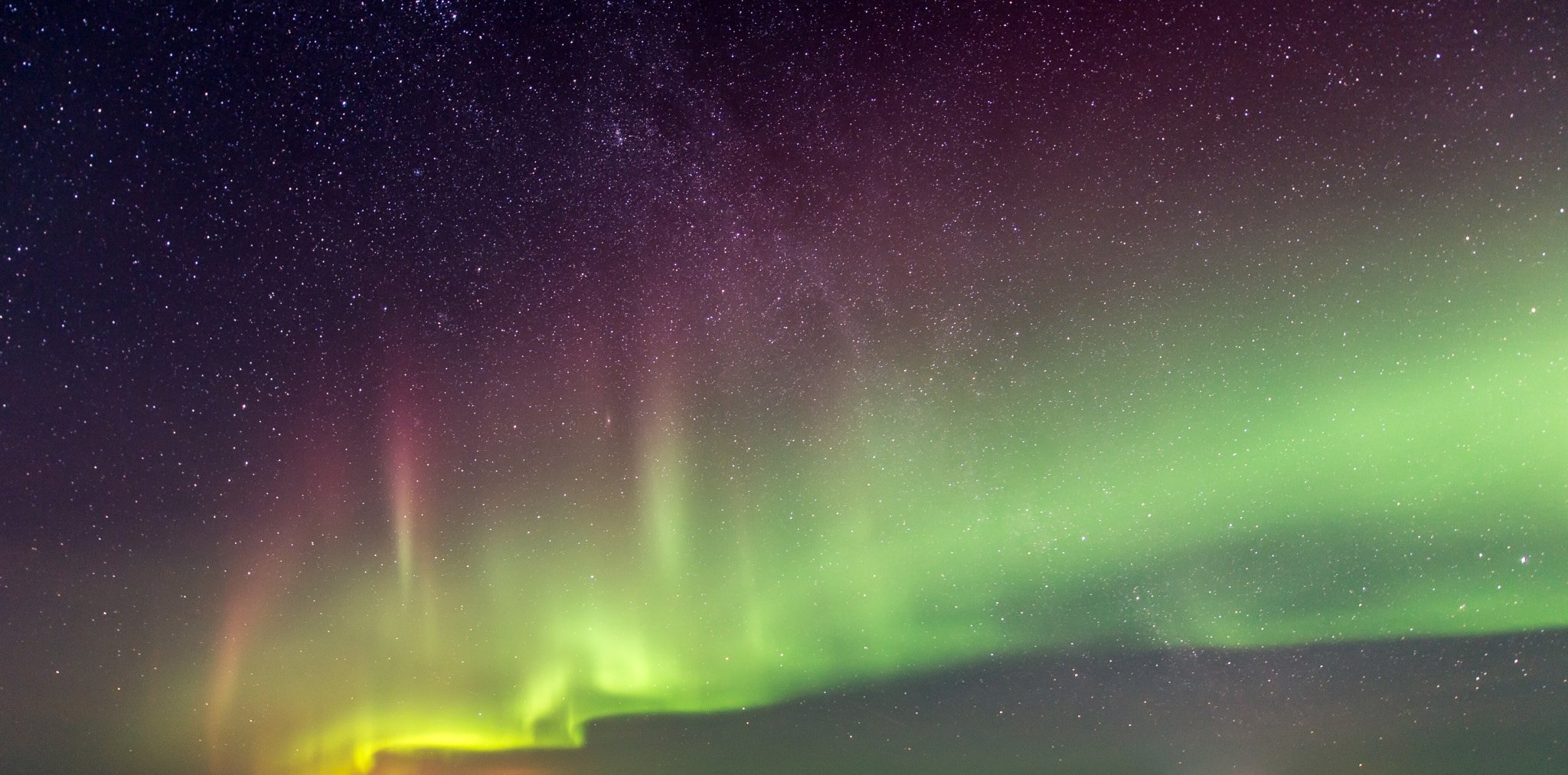
According to a traveling exhibit by the Alaska State Museum, Nellie Cashman made Alaskan electoral history by casting a ballot:
“Sixty-eight-year-old Nellie Cashman (1845-1925) operated the northern-most gold placer mine in the world when she strode into the polling place in Nolan, Alaska on August 13, 1912 and cast her ballot. She became the first woman known to vote in an Alaska-wide election. It would still be another year until Alaska women could legally vote.”
Suffrage Star

In her final years, Nellie Cashman still traveled around Alaska using packs of sled dogs. The January 19, 1924 Star Phoenix wrote:
“Miss Nellie Cashman, of slight figure and worn by years of prospecting and mining in the north, fully maintained her reputation of being the champion woman musher of the world, when she came to Seward recently to take a steamer for the States. To reach Seward Miss Cashman mushed, that is to say, part of the time she ran behind the dog sled and a part of the time rode by standing on the runners, 750 miles in 17 days, with a good dog team and the lightning fast ice that precedes the heavy snows, she traveled along the Yukon and Tanana rivers, whence she rode the cushions on the government’s Alaska Railroad…”
One Final Ride

At the age of 80, Nellie contracted pneumonia. As a devout Catholic, she was sent to the Sisters of St. Ann, a hospital in Victoria, B.C. she helped to create half-a-century earlier with the money she raised in the Cassiar Gold Rush. On January 4, 1925, Nellie Cashman passed away.
The January 15, 1925 Wrangell Sentinel republished her obituary, which said:
“As Service says, ’twas not the gold but the excitement of finding it, that lured Nellie Cashman, and in every camp she ever visited she was a veritable angel of mercy, nursing the sick, steeping spruce boughs for those afflicted with scurvy, and diffusing sunshine wherever she happened to be.”
(Grave photo by Thomas Brown)
The Trail’s End
Legacy Lives On

In June 2014, Nellie Cashman’s birthplace of Midleton, Ireland unveiled a monument in Nellie Cashman’s honor, with the words, “The Angel of the Cassiar Mountains” etched in the front. According to Ring of Cork:
“The Nellie Cashman Monument was erected in 2014 to commentate the life of the Midleton born ‘Mining Queen’ who mounted a daring rescue to the Cassiar mountain range in British Columbia after reports that twenty to thirty miners were trapped and had contracted scurvy. With no access to fresh food or medical supplies, they were fated to die from scurvy or starvation.”
Hometown Hero

In 2018, volunteers placed an additional marker over Nellie Cashman’s grave. The Old Cemeteries Society of Victoria wrote in their newsletter:
“Following the ceremony, the new stone was permanently placed on the gravesite by Mortimers Monuments. The gravesite now looks resplendent and the memorial stone will automatically become a centennial stone in the year 2025.”
(photo credit: Denise Brochu)
2025 Centennial

Songs about Nellie cashman

Books about Nellie cashman
• Free Online •
Nellie Cashman, Frontier Angel, by Robert R. O’Brien (For Kids)
Nellie Cashman, Western Adventurer, by Linda Barr (For Kids)
Gold Rush Queen: The Extraordinary Life of Nellie Cashman, by Thora Kerr Illing
Nellie Cashman: Angel In Our Midst, by Dr. Patrick Perry Lydon
• In Book Stores •
Nellie Cashman: Frontier Angel, by Ron W. Fisher
Nellie Cashman: Prospector and Trailblazer, by Suzanne Ledbetter
Nellie Cashman and the North American Mining Frontier, by Don Chaput
Golddigger: The Legendary Nellie Cashman by Kathleen Morris



